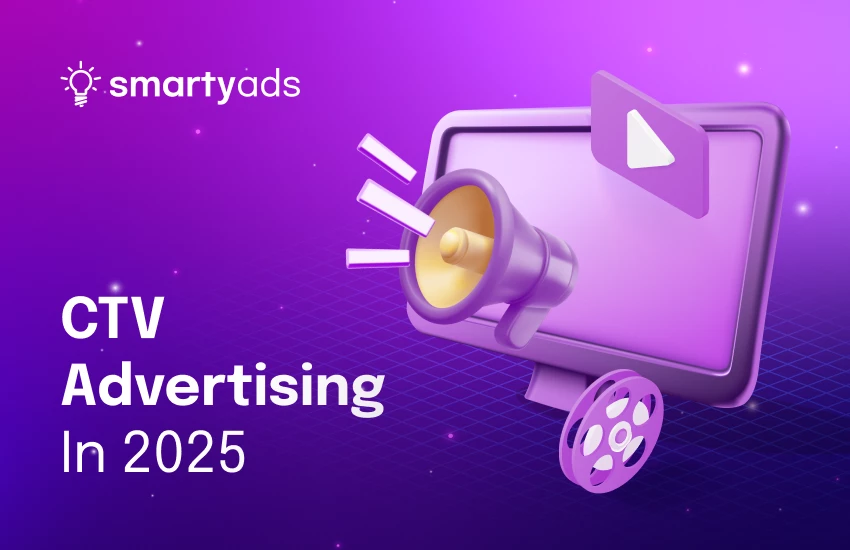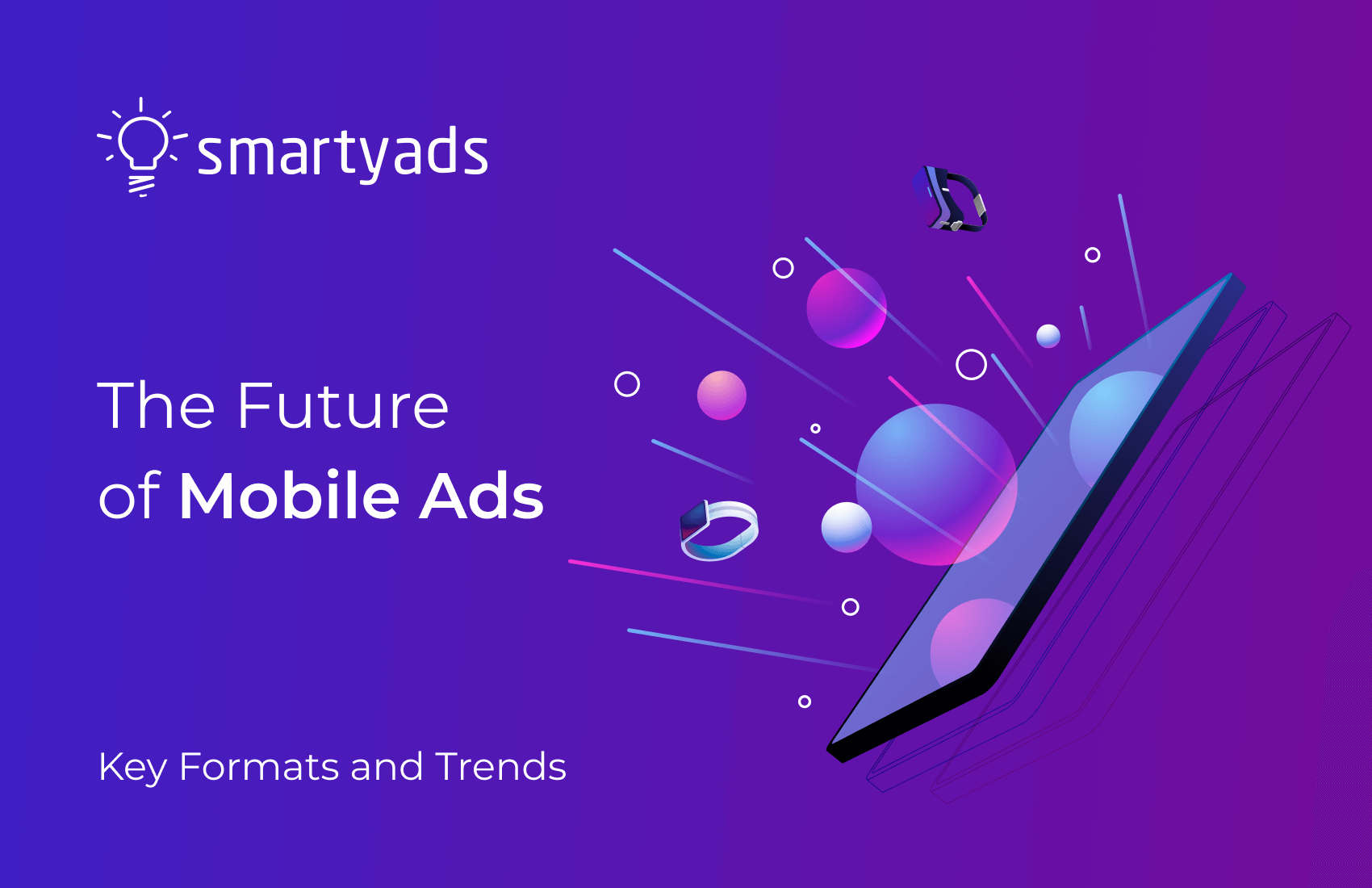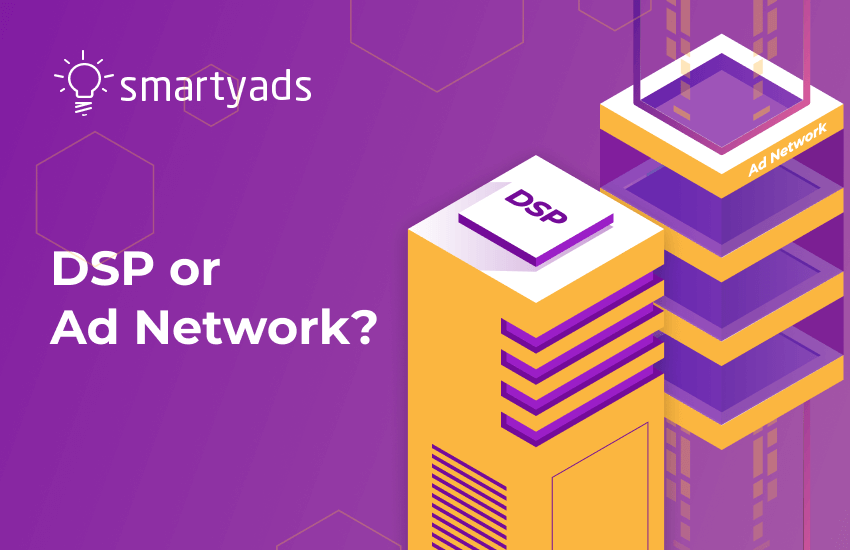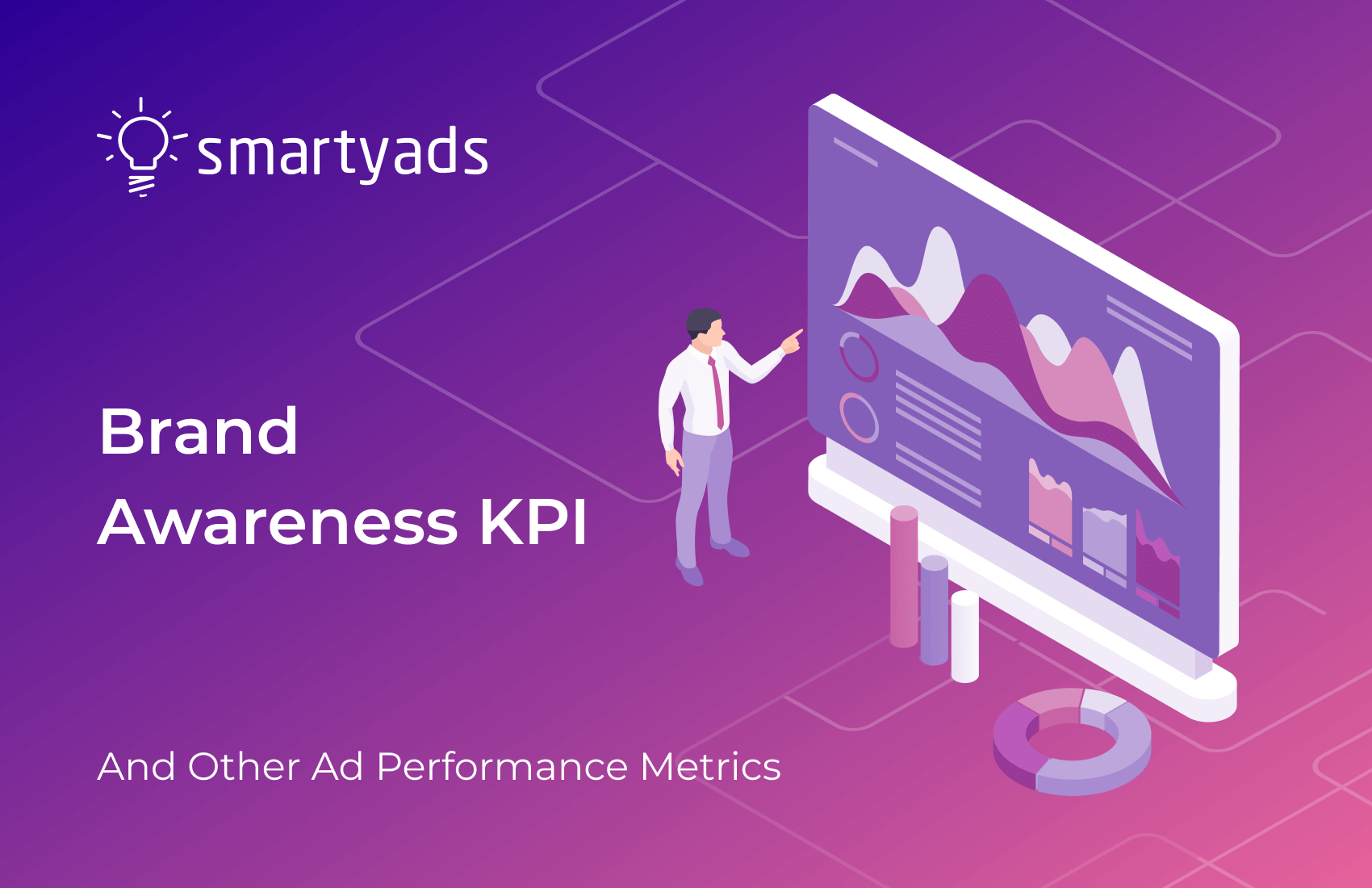The magic of geolocation advertising is about using geo data to connect with people right where it’s needed. This way, ads feel more personal and relevant at a moment.
In this article, we’ll dive into peculiarities of geolocation to create precise and highly targeted campaigns. In addition, you will explore some examples of how big brands use this strategy. With mobile ad spending in the U.S. projected to reach $228 billion by 2025, it’s clear that it isn’t just a trend but a game-changing strategy you can’t afford to skip. So, let’s go!
What is geolocation advertising?
Geolocation refers to the geographical location of an internet-connected device ( a laptop, smartphone, or even a fitness tracker). This location data is used by geolocation software for publishers to serve marketing campaigns in particular areas.

Why use geolocation advertising?
With people spending over 4.5 hours a day on their phones, it’s no surprise that targeting based on location has become a go-to strategy for businesses. Instead of just pushing ads to everyone, brands can use a geolocation platform for publishers to reach people in specific areas — whether it’s a busy shopping district, a local event, or even a competitor’s store.
It’s not just about getting more eyes on your ads. It’s about connecting with the right people at the right place and time. By delivering ads based on specific areas, businesses can make their messages feel more relevant and personal, driving more foot traffic to stores and boosting online conversions. And since you’re focusing on areas where your target audience actually is, you’re not wasting money on irrelevant clicks or impressions.
How do geolocation ads work?
Geo-targeting
How does geo-targeting work?
Geo-targeting is all about using location data to connect with people in specific areas. It works by analyzing IP addresses to figure out where a user is located — whether it’s a city, neighborhood, or even a specific spot.
When someone goes online, their IP address is captured, and geo-targeting tech matches it to a database with region info. This way, businesses can serve ads or content that actually make sense for where that person is right now. It’s a smart way to make ads feel more personal and relevant, driving better engagement and results.
Geofencing
Geofencing creates a virtual boundary around a specific location, allowing marketers to target customer devices within that set boundary with ads, offers, etc.
Using geofencing, advertisers use a smartphone's GPS location instead of IP addresses, enabling them to identify customer regions and track their movement.
Moreover, some geolocation software can collect geolocation data in real time by connecting to GPS and cellular networks.
Below is a visual comparison between geo-targeting and geo-fencing.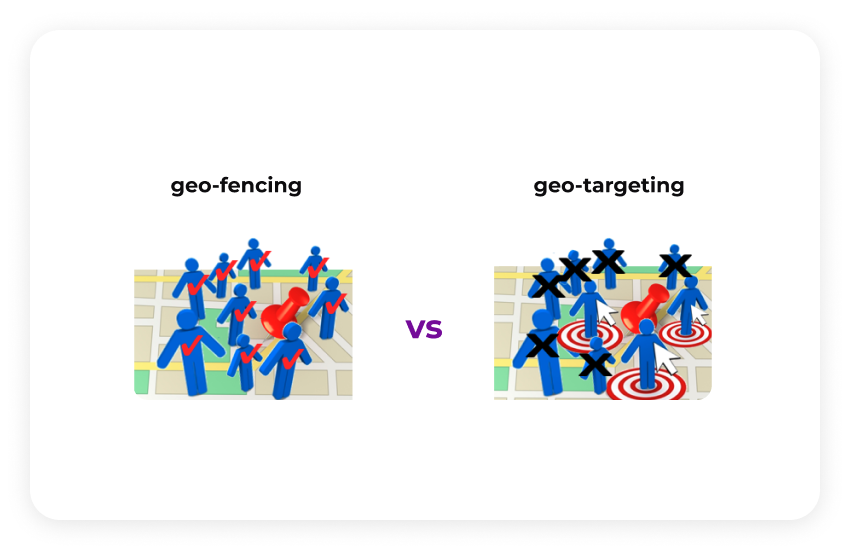
So, when to choose geo-targeting and when geo-fencing?
Geo-targeting is beneficial when targeting a broader audience within a specific area and delivering location-specific messaging. It provides flexibility in terms of audience reach and can be effective for various marketing objectives.
Geofencing offers a higher level of precision as it targets users based on their real-time proximity to a particular area. It is ideal when you want to engage with users who are physically present at specific places, such as retail stores, events, or competitor locations.
How beacons power hyperlocal geolocation advertising
The most particular form of geolocation marketing relies on beacons — small devices located in certain geographic zones.
Beacons have been created to get data from devices' Bluetooth signals.
This technology identifies where prospective clients walk within a space, enabling targeted marketing.
Beacons are perfect for poor reception spaces, like department stores.
However, they have a limited communication range and can be difficult to set up and manage on public property.
For instance, advertisers can utilize beacons through a geolocation ads network to determine when customers are in the ice cream selling area and then send them a discount coupon for ice cream cones.
![]()
For instance, advertisers can utilize beacons to determine when customers are in the ice cream selling area and then send them a discount coupon for ice cream cones.
Target ads to geographic locations
Geo-targeting is like putting your ads exactly where they matter most. Instead of casting a wide net, you zero in on specific areas where your ideal customers are located.
For instance, if your business only operates in Chicago, why waste ad dollars reaching people in New York? Or if you’re targeting tourists, focus on hotspots like beaches, hotels, and popular dining spots. It’s all about delivering the right message to the right place at the right time — and avoiding wasted clicks along the way.
The geo-targeting feature is available on nearly every programmatic media-buying platform.
Furthermore, with a wide range of targeting options, the geolocation ads platform can assist in personalizing messages when a brand intends to reach multiple audience segments.
Programmatic advertising platforms are most accurate and cost-effective when you want to launch geo-fencing or geomarketing ad campaigns.
The geo-targeting feature is available on nearly every programmatic media-buying platform.
Furthermore, with a wide range of targeting options, the geolocation ads platform can assist in personalizing messages when a brand intends to reach multiple audience segments.

Where can you launch geolocation advertising campaigns?
Geolocation advertising works best when paired with mobile marketing since most regions data comes from mobile devices. Social media let you target people based on where they live, work, or hang out. You can even create custom audiences focused on specific areas like cities, DMAs, or points of interest.
Google also has a solid geolocation advertising platform that lets you define precise areas for your ads to appear on search and partner sites.
For a wider reach, opt for programmatic advertising. It uses real-time bidding to target people based on their exact location, covering multiple websites and apps in one go.
Types of geolocation targeting in digital advertising
Hyperlocal targeting
Want to zero in on people within a specific neighborhood or even a single street? Hyperlocal targeting lets you do just that. It’s perfect for local businesses aiming to attract foot traffic, like coffee shops promoting lunchtime deals or boutiques announcing flash sales.
Radius targeting
It allows you to draw a virtual circle around a specific area — like your store or a competitor’s — and reach people within that radius. Ideal for driving local traffic and turning nearby browsers into customers.
ZIP code targeting
You know how sometimes you want to reach more people but not go too wide? That’s what ZIP code targeting is for. Instead of blasting your ads everywhere, you can focus on specific neighborhoods or districts where your audience actually hangs out. It’s a smart way to keep your ads relevant without throwing money away on places that don’t matter.
City-level targeting
Want to run a campaign in LA but not Ausin? City-level targeting helps you do just that. It’s perfect for regional campaigns, like promoting a new store opening, a local event, or a city-specific promotion.
State/region targeting
When you want to reach more people without going too broad, state or region targeting is the way to go. It’s ideal for businesses with multiple regions or for promoting statewide sales and events. It’s also a great fit for seasonal campaigns that need to cover a larger area, not just a single spot.
Geofencing
Imagine setting up a virtual boundary around a mall, stadium, or conference center. With geofencing, anyone who enters that zone can receive a precise ad or push notification. It’s a powerful way to reach people when they’re physically close to your business — and more likely to act.
Geoconquesting
Want to swipe customers from your competitors? Geoconquesting targets people who are visiting a rival business. For example, a pizza chain could send a “Buy 1 Get 2” offer to people hanging out at a competing pizzeria. It’s a clever way to steal some attention (and sales).
Weather-based targeting
When it’s cold outside, people want to stay wrapped in cozy blankets with a cup of hot chocolate. When the heat is striking, they’re reaching for sunscreen and iced matcha. Weather-based targeting takes advantage of these moments, adapting your ads to what people actually need right now. It’s a simple way to make your ads feel more natural and spot-on.
Time-based targeting
Geolocation targeting doesn’t just consider where people are — it can also factor in when they’re there. For example, a bar might run ads for happy hour between 5-7 PM, while a gym could promote early bird specials in the morning.
Benefits of geolocation advertising
Geolocation offers several benefits for businesses:
Increased relevance
Businesses are able to provide users with contextually relevant and personalized content according to their location by utilizing geolocation data. Ad campaigns are more successful and the user experience is improved with this degree of personalization.
Improved ad efficiency
Why spend money on advertisements that aren't seen by anyone who lives close to your company? You can direct your spending toward regions where your ideal clients are truly present by using geolocation targeting. Reaching the right people at the right time and place is a more intelligent and economical method of making the most of every dollar spent.
Local marketing advantage
If your business has a physical spot, geolocation advertising can be a game changer. It’s all about reaching people who are already nearby and giving them a reason to stop by — like a limited-time offer or a special discount. It’s a simple way to get more people through the door and boost your local marketing efforts.
Competitive edge
Geolocation advertising is a smart way to get a leg up on your competitors. You can target people right when they’re near a rival store and hit them with a special offer or deal that grabs their attention. It’s a simple but effective way to pull customers away from the competition and bring them to you instead.
Examples of brands utilizing geolocation ads
Burger King
Customers who wanted to take advantage of Burger King's offer had to place their Whopper order via the Burger King app and be within 600 feet of any of the 14,000 McDonald's locations.
The application guided them to the closest Burger King for pickup after they placed their one-cent order.

Uber
Every brand can include relevant, urgent information in your location-based notification, like Uber, so the user has all the information necessary to make an informed decision.
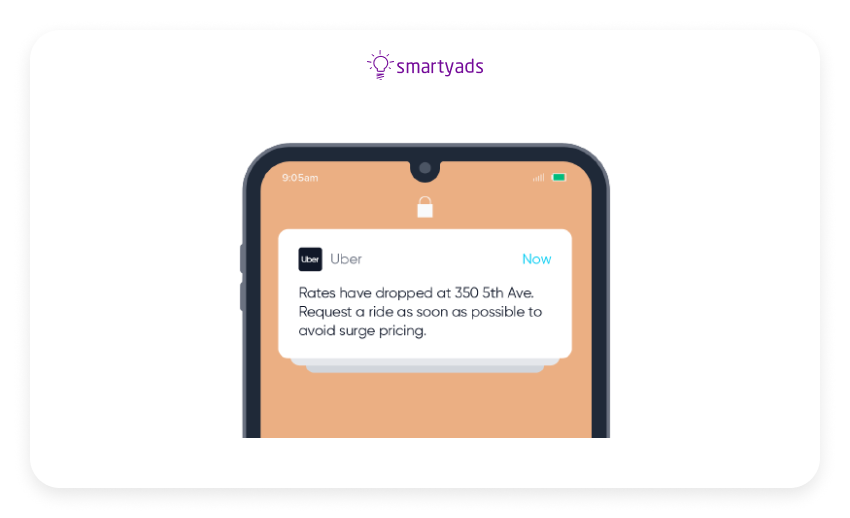
Adidas
Adidas implemented location extensions in their search ads to promote in-store visits, encouraging visitors to purchase at the nearest store.
As a result, one in every five individuals who viewed the page followed through by visiting a physical store. This impressive statistic contributed to a remarkable 680% increase in ROI for Adidas.
Whole Foods
To increase conversions and increase its market share, the business used geofencing and geomarketing techniques.
Customers of neighbouring supermarkets were given exclusive discounts to entice them to shop at Whole Foods. The conversion rate for this campaign was 4.69%, which was higher than the 1.43% national average.
4 top geolocation advertising strategies that drive results
Location-based targeting
Location-based targeting is basically like giving your ads a sense of direction. It’s all about using location data to show people ads that actually make sense in the moment — like a lunch deal when they’re near your café or a sale alert when they’re close to your store. It’s a smart way to make your ads feel more relevant and less random.
Geofencing
This type takes location targeting to the next level. Basically, it creates virtual boundaries around specific areas. When someone enters or exits these zones, they get a cusrtomized ad or a push notification tailored to that area.
For example, you can send a “20% off today only” message as soon as someone steps inside the mall. It’s a smart way to drive foot traffic and influence purchasing decisions right when it matters.
Proximity advertising
It is all about getting hyper-local. Instead of targeting broad areas, it focuses on specific spots, within a really small radius.
You can send a personalized offer to someone just a few steps away from your storefront or a particular product. Imagine a coffee shop pushing a “Buy 1 Get 1 Free” alert to passersby. That’s proximity advertising that can drive instant action.
Weather-based targeting
Weather can be a powerful trigger for purchasing decisions. Think about it — when it’s pouring rain, a delivery service can promote hot comfort food, and when it’s blazing hot, a sunscreen brand can push “Stay protected” ads.
Weather-based targeting shows your ads make your message feel more relevant and timely. It’s a simple but highly effective way to connect with people in a way that feels natural.
How to run a geolocation advertising campaign?
Below you can find some practical tips regarding starting a geolocation ad campaign on geolocation advertising network such asSmartyAds DSP:
Begin with the basic settings, like choosing the traffic type, device, and active time for your campaign on DSP. Then add targeting, including areas and other targeting options.
We recommend selecting a few so you don't narrow your potential traffic too much.
Regarding geo-targeting, choose those cities and those countries where you want to address your audiences in specific areas. In this case, the users in other areas won't see your ads.
If you choose GPS targeting, you can define the areas right on the map. We recommend using it if you need to set areas smaller than the country, bigger than the city, or smaller than the city (if you want to target the city district).
You can focus the map on some country, city, or zip code. Just type them in and select a suitable region.
To create a targeting area, select its type (Include or Exclude), and click on a point on the map. 10 km circle will appear on the map, and a record of that circle will appear above the map. Included areas will be in the green circle, and Excluded areas in the red circle — navigate those to make your choice.
Additionally, you can utilize DSP guidelines if you have any questions. Moreover, you can find the best practices for targeted advertising on a blog and stay up to date.
To sum it up
To wrap it up, geolocation advertising isn’t just a trendy word. It’s a true game-changer for businesses that want to connect with audiences in meaningful, timely ways. By leveraging zone data, you will not just deliver ads. You will be able to create personalized, relevant experiences that drive results.
No matter what your end goal is, to boost foot traffic, increase brand visibility, or enhance campaign performance, geolocation can be the key to reaching the right people at the right moment. Ready to elevate your ad strategy?
With SmartyAds DSP, deliver powerful, location-based messages that resonate and convert.

.webp)
